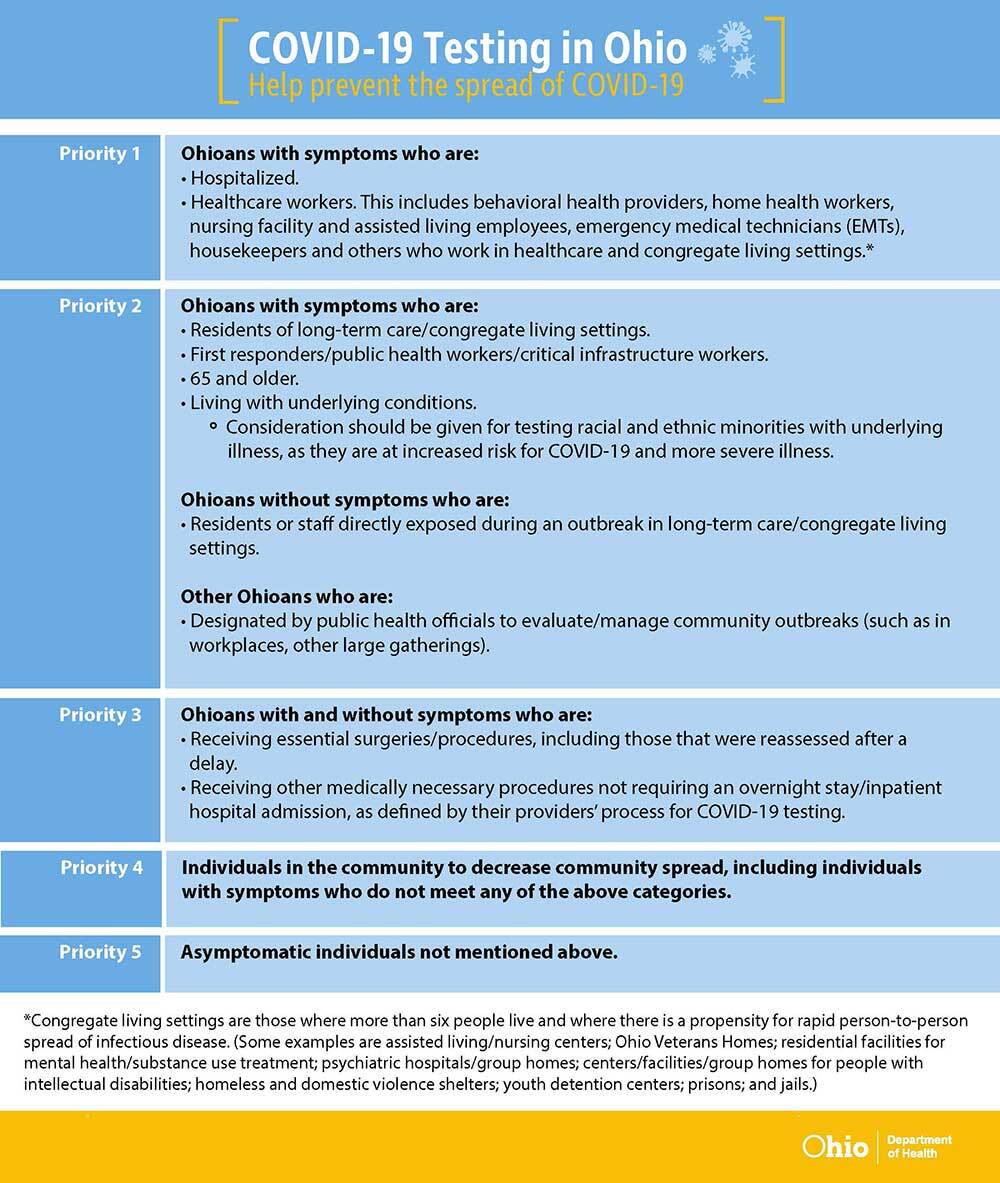CINCINNATI — Anna Mallory will never forget what happened to her on April 3, 2020. There was no warning.
"I didn’t have any symptoms. I had nothing," Mallory said. "It was instantaneous, where I felt horrible. It had taken over my whole body."
She had an idea of what it was. Her doctor did, too. She was diagnosed as "presumptive" for COVID-19. Her case was presumptive because she didn't qualify to be tested. Doctors told her that, despite how bad she felt, there was no treatment. She could only stay at home.
“That was so disheartening," she said. "At that point I burst into tears, like ‘There’s nothing you can do for me?’"
She said her doctor replied: "We cannot help you. Treat it with Tylenol.”

This is the first time she's spoken publicly about her battle and recovery from COVID-19.
“There were days when I was going through it where I was laying in bed crying, begging God to get me through it,” she said.
The lack of testing for COVID-19 has been part of the discussion about the virus ever since cases started appearing in the United States. Because testing supplies were limited, the Ohio Department of Health issued a priority system based on guidance from the Centers for Disease Control & Prevention.
Doctors, hospitals and clinics have used the system to determine who should be tested and who shouldn't, but some say testing continues to lag while the virus spreads and positive cases climb, especially in minority and underrepresented communities. Efforts are underway to expand access to tests and increase the number of tests issued in some of Cincinnati's vulnerable hot spots.
“We’ve had more positive tests recently than we’ve had in the first month, month-and-a-half of this pandemic,” said James Berrens, president and CEO of the Crossroad Community Health Center, a federally qualified health center (FQHC) with locations in Over-the-Rhine, Western Hills and Harrison. Berrens said the Western Hills location is in an area considered one of Cincinnati's hot spots.
Crossroad Community Health Center's patients tend to be from low-income, minority or underserved communities. Berrens said they have run just over 100 tests on patients exhibiting signs of COVID-19. Nine have come back positive.
Berrens said more tests are definitely needed, based on the patient base they serve, and more tests are on the way. The Health Resources and Services Administration of the U.S. Department of Health and Human Services will soon allocate grants to FQHCs to be used for increased testing.
“We’re working with the other FQHCs in the city to develop a plan to create drive-thru testing sites to increase the number of tests,” said Berrens. He expects a number of those health centers to open test sites within the next three weeks.
Following her ordeal, Mallory also believes more testing is necessary.
"I don’t see how we get to a vaccine, we get back to normal, without ramping up the testing and without coming up with some kind of either treatment or vaccination for this,” she said.
Mallory battled the virus for three and a half weeks. Everyone in her house was under quarantine in separate rooms. While in isolation, she said she coughed violently, had a high fever and was afraid to fall asleep.
“For the first few nights, I actually slept with the garage door opener next to my bed because I was so afraid that, if in the middle of the night I had stopped breathing and had to call 911, how would they get into the house?” she said.
Then, on April 10, her 8-year-old daughter Kennedy started showing symptoms.
"She had a 103-degree fever. She actually had a fever for 10 straight days,” Mallory said.
Kennedy couldn't get tested, either. She couldn't even be physically examined by a doctor.
“The first night, I didn’t really know what was going on," Kennedy said while sitting on her mother's lap. "I just felt really tired and my stomach hurt a lot.”
Her mom said it was scary to watch her daughter go through the illness. All she could give her to help was an over-the-counter pain reliever.
“The issue of testing has been a national issue and crisis,” said Renee Mahaffey Harris, president and CEO of the Center for Closing the Health Gap.
Mahaffey Harris is also a member of Governor Mike DeWine's Minority Strike Force, which meets weekly. Other Cincinnatians in the group include Vice Mayor Chris Smitherman, Dr. O'dell Owens, and Cincinnati Health Commissioner Melba Moore.
Recent changes should open the door for more tests in Ohio, Mahaffey Harris said. This month, the Ohio Department of Health adjusted its priority guidelines governing who can get a test for COVID-19. The guidelines cover five categories and now include consideration for racial minorities with underlying medical conditions and anyone having outpatient surgeries.

“Nationally there’s conversations, and I think we are all advocating that there needs to be greater access to testing and knowledge about testing,” said Mahaffey Harris.
Her caution is that those who get negative test results shouldn't think their results can't change.
“I’ve heard people say, 'Hey, I got tested. I’m good.' Well, you’re good for that moment,” said Mahaffey Harris.
She said as some locations around the state begin to reopen, people still need to practice social distancing, wearing masks and hand-washing.
Meanwhile, Mallory said she is pleased to see the Cincinnati and Hamilton County Health Departments give updates on the number of confirmed cases every day. However, she questions the accuracy of the numbers. She isn't sure she and her daughter are included in the local numbers of positive cases, because they were never tested.
“I pray that the doctors and scientists and the researchers are able to find something, a vaccine, a treatment, something, because it is nothing you’d ever want to experience,” she said. "It's not the flu."




